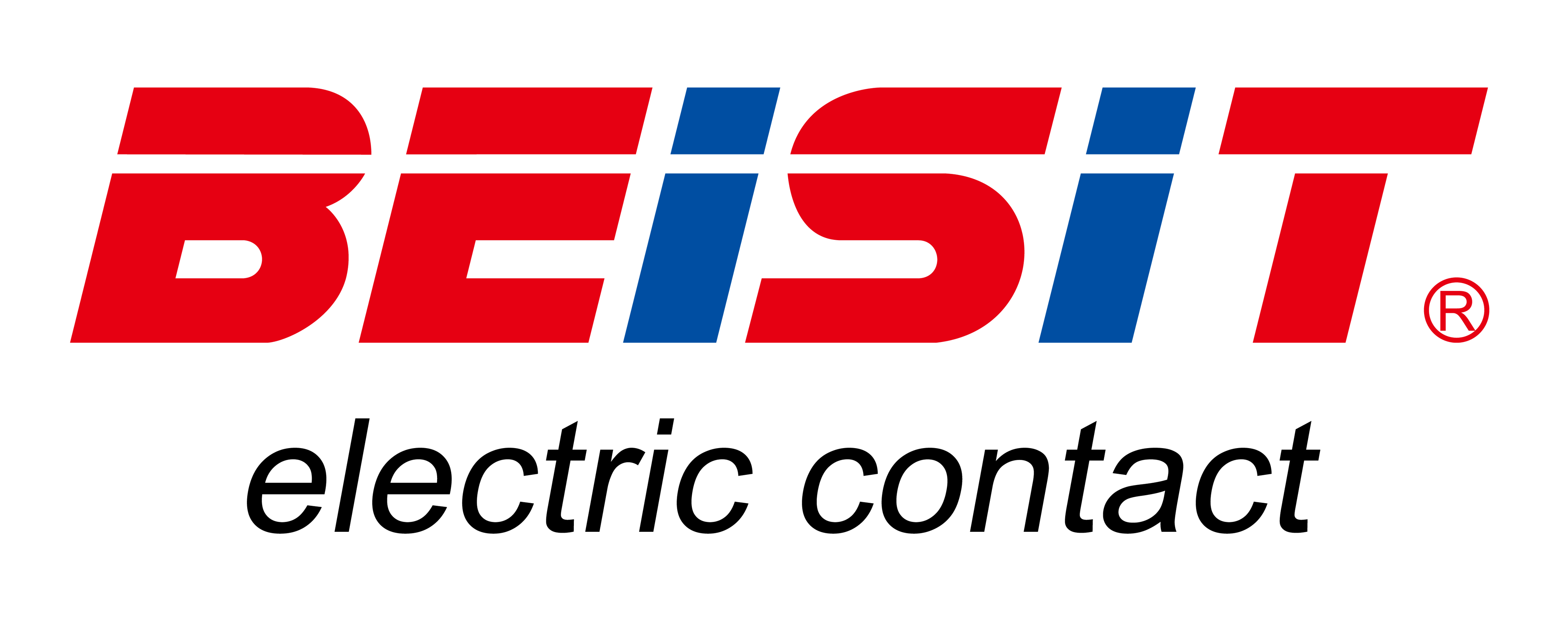Cable connectors are an essential part of any electronics setup, allowing for seamless transfer of data and power between devices. However, as with any technology, cable connectors are prone to a number of common problems that can affect their performance. From loose connections to signal interference, these issues can be frustrating to deal with. In this article, we'll explore some tips and tricks for solving common cable connector problems to help you maintain a reliable and efficient connection.
Loose connections are one of the most common problems with cable connectors. When the connector is not securely connected, it can result in intermittent signal loss or complete disconnection. To resolve this issue, make sure the connector is securely inserted into the port and consider using zip ties or clamps to provide additional support and stability. Also, check the connectors for any signs of damage or wear, as this can also lead to loose connections.
Another common problem with cable connectors is signal interference, which can result in poor audio or video quality. This interference can be caused by a variety of factors, including electromagnetic interference from nearby electronic equipment, poor quality cables, or even faulty connectors. To mitigate signal interference, try using shielded cables, which are designed to minimize electromagnetic interference. Also, consider relocating any electronic devices that may be causing interference, and make sure the connectors are clean and free of any debris or corrosion.
In some cases, cable connectors may experience compatibility issues, especially when connecting devices from different manufacturers or with different specifications. If you encounter compatibility issues, consider using an adapter or converter to bridge the gap between the two devices. It's important to make sure any adapter or converter is high quality and designed for the specific connection you're trying to make, as using an incompatible or low-quality adapter may cause further problems.
Additionally, cable connectors may be susceptible to physical damage, such as bent or broken pins, which may hinder their functionality. To prevent physical damage, handle connectors with care and avoid excessive force when plugging or unplugging cables. If you find any bent or broken pins, consider calling in professional help to repair or replace the connector.
To maintain the longevity and performance of cable connectors, regular maintenance is essential. Regularly inspect the connectors for any signs of wear, corrosion, or damage and clean them with a soft, dry cloth to remove any debris or buildup. Additionally, store cables and connectors in a safe and organized manner to prevent tangles or unnecessary strain.
All in all, cable connectors are an integral part of the functionality of electronic devices, and running into problems with them can be frustrating. By implementing the tips and tricks outlined in this article, such as ensuring a secure connection, mitigating signal interference, resolving compatibility issues, preventing physical damage, and performing regular maintenance, you can effectively resolve common cable connector problems and maintain reliable and efficient connections. With these strategies in mind, you can enjoy seamless connections and optimal performance from your cable connectors.
Post time: Aug-02-2024



